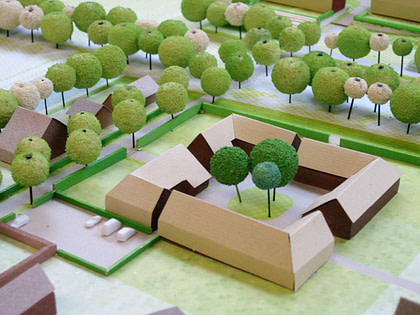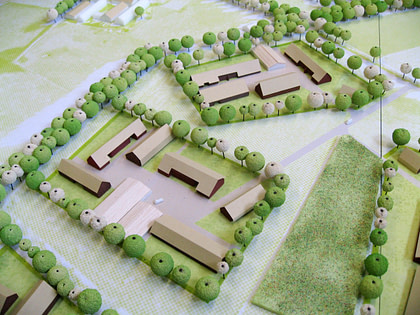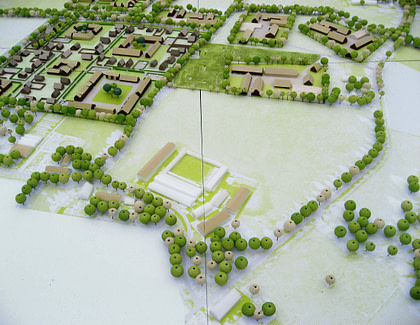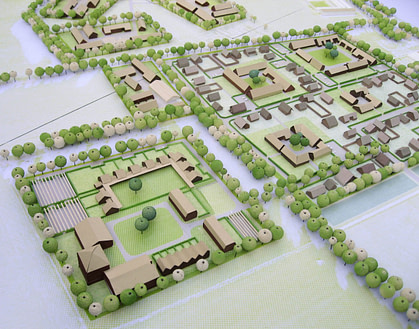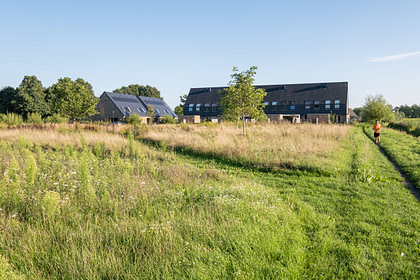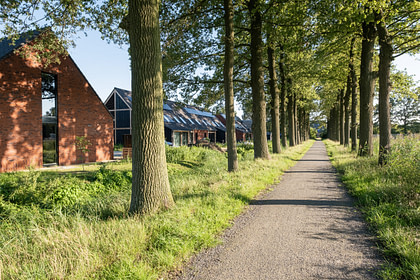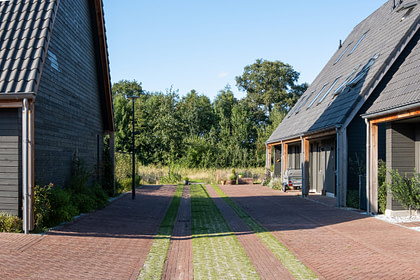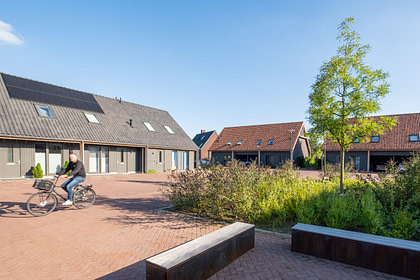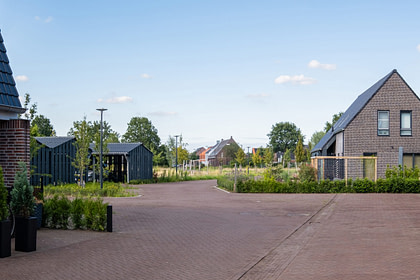
2006 - 2012
Veghels Buiten
2006 - 2012
Veghels Buiten
The spatial brief for Veghels Buiten consists of the phased realization of 2,000 residential units with extra facilities. It is a plan that included a gradual development of the area. Bureau B+B’s master plan is an organic-growth model based on slow development in accordance with need. The designers interpret the location as ‘Brabant en miniature’; in the course of the twentieth century various attempts to achieve a concentration of urbanization in the area have failed, consequently the settlements lack solid identities. Veghels Buiten is thought of as a ‘suburban meteor shower of village-like enclaves’: compact construction in new residential nuclei with ca. 30 to 250 residential units.
Veghel
Gemeente Veghel
Atelier Loos van Vliet
Each nucleus has its own identity. They stand alone in the landscape and are connected by means of a simple new curved ribbon road with a rural character and a low speed limit. New ‘side scenes’, based on the old field patterns, obstruct distant perspectives of the surrounding countryside from the visitor, arousing expectations of an endless landscape for therapeutic relaxation. A cycling- and walking-path structure created from the previous sand paths weave through the enclaves. Extensive cattle farms, possibly combined with hobby farmers and pastures with horses, will form the basis of the landscape’s management. The water system consists of sewage farms, existing drainage ditches and a new ecological bioswale structure.




To conclude there are three types of enclaves: The farmyard enclave, the courtyard enclave and the monastery-garden enclave. The typology of the farmyard enclave was inspired by the traditional farmyard. It features a home at its entrance as well as chains and rows of homes distributed throughout the landscape. The courtyard enclaves were inspired by farmhouses. They are moderately large and consist of one or more courtyards enclosed by buildings, and an outer rim of parcels distributed on the landscape. The monastery-garden enclave is, with a maximum of 12 hectares, the largest of the building clusters. It consists of two residential fields with one or more buildings, inspired by the typology of Brabantian monasteries and gardens. There is room for three or four monastery enclaves. The precise location and number of the enclaves are not fixed but will have to be determined repeatedly, depending on the landscape structure and availability of land.

